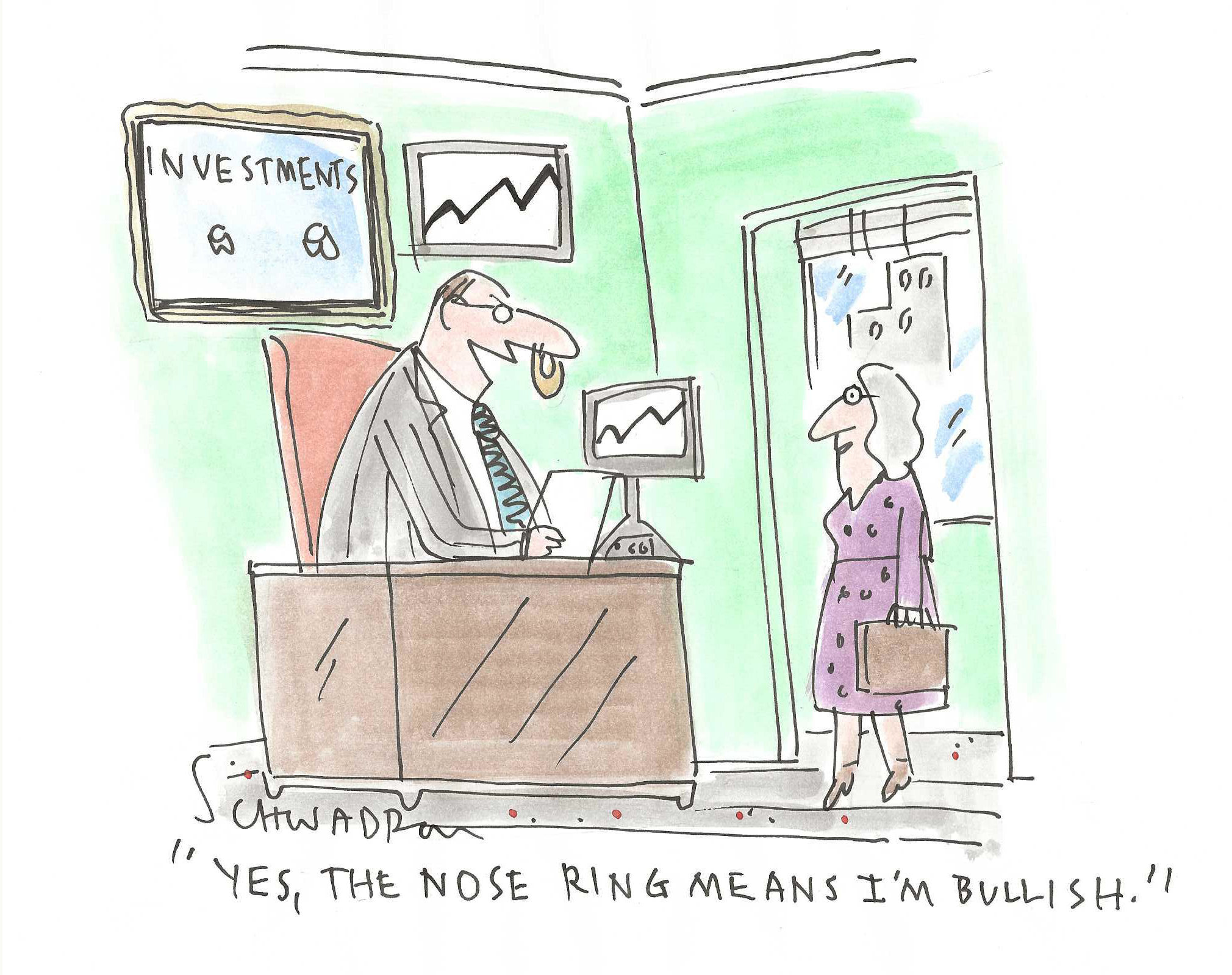First step: Cadense ready to help people get back on track

As a high schooler, Dr. Tyler Susko wasn’t exactly sure how, but he knew he wanted to help people.
During those years, he recalled many trips to assisted living communities, specifically one that was for children with cerebral palsy.
“I left there and I was probably like 16 or 17 and I remember feeling really sad and helpless that I wasn’t able to really do too much for these kids,” Susko told the Business Times Jan. 17.
“I was able to play with them or when we were in their gymnasium I could help them hold their parachutes for like tactile therapy and it was a super impactful experience.”
That impactful experience is what drove him to dedicate his Ph.D. study to rehabilitation robotics and, years later, drove him to found the Santa Barbara-based startup, Cadense.
Cadense is a company specializing in creating a shoe aimed at helping people who struggle with leg and foot movements, especially those who struggle after a brain injury.
The shoe is currently available for pre-order with orders expected to ship in March 2024, Susko said.
The idea for the shoe started in the lab.
As a 24-year-old, Susko decided to go to The Massachusetts Institute of Technology to pursue his graduate degree and Ph.D.
Some of the work he was doing there was developing robots that could interface with people to deliver physical therapy.
He noted that one of the problems people face after neurologic injuries, such as a stroke, is the “inability to clear the floor when you’re trying to take another step.”
“It’s called the swing phase of walking,” Susko said.
“So whenever we’re trying to swing our foot forward for another step, the grounds there and if you have trouble, one of the common things that we see is a foot drop, which is the inability to pull your toe out.”
This led to the development of the MIT Skywalker, a split-belt treadmill enhancing walking therapy for stroke patients.
“I find it to be so powerful as a motivator to do cool, innovative work and the space to help these people, it’s huge. It’s wide open,” Susko said.
The problem with robotics, however, is the expense.
“With robotics, the machine and building at MIT, if it was a commercial product, it would probably be a multimillion-dollar machine and people would come in and they would use it and go on about their day,” Susko said.
“But my mission, when I was thinking about all this stuff, was to make something that would have as big of an impact as possible but something that would be lower cost to help as many people as possible.”
Physical rehabilitation after a stroke is meant to promote plasticity in the brain and the physical therapy is geared towards getting the rest of your brain to resume control of things that were lost with the original injury.
“So if you’re going into hospital and being able to train on a certain machine like Skywalker once a week for a half hour or something like that, versus having something that can be on your feet every day, all day where you can train multiple times a day to increase the volume of training, there’s a huge difference,” Susko said.
“That’s why I started to transition to shoes.”
Cadense was officially founded in 2021. Susko credits meeting John Greathouse, a UCSB professor and entrepreneur, for being his mentor and helping him create Cadense.
Greathouse also introduced him to Johannes Sauer, who is now the CEO of Cadense.
In his bio, Sauer noted that his cousin lost his lower leg during a tragic motorcycle accident and will be one of the millions of people benefiting from Cadense.
He also met Stuart Jenkins, a former chief innovation officer at Deckers, who helped him get in contact with the right people to actually create the product.
Since being founded, Cadense has also raised about $650,000 in funding to continue developing the brand and invest in the shoe.
Available in just a few months, Susko noted that the final product is ready for market with five different colorways for men and women.
It is also a shoe that offers ease of entry without shoelaces and is flexible to really allow people to get into it.
The company could see sales hit as high as $10 million in 2024 within the first year of launch.
“That is a hopeful estimate,” Susko said.
“But we are so happy we are going to be helping people. These people that we’re designing for have a unique challenge, something that’s different and that other people haven’t tackled. There’s not going to be a need for 300 million people, but we still see it as important.”
email: [email protected]









